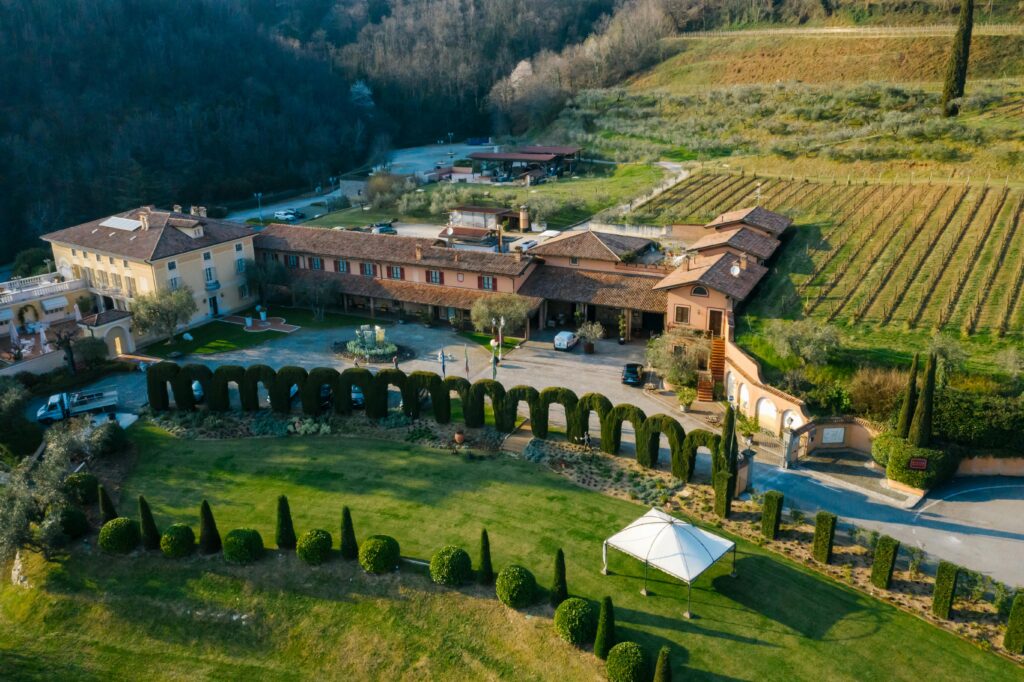Wine is no longer just a drink to enjoy with a good meal. For many, it has become a smart and exciting form of investment. Fine wines can grow in value over time, especially when they are rare, high-quality, and in demand. As global interest in wine continues to expand, both traditional wine regions and emerging producers are catching the eyes of investors. So, which regions and grape varieties are gaining value? The answer is a mix of the expected and the surprising.

When people think of wine investment, they often start with France—and for good reason. Bordeaux is a classic region known for its powerful red blends made mainly from Cabernet Sauvignon and Merlot. Top names like Château Margaux, Château Lafite Rothschild, and Château Latour have a long history of increasing in value. These wines are often made in large but limited batches, and their ability to age beautifully makes them highly desirable.
Burgundy, another French region, is also a major player, but with a different approach. Here, the focus is on single-variety wines, mainly Pinot Noir and Chardonnay. Due to small vineyard sizes and low production, Burgundy wines are very rare, especially from famous producers like Domaine de la Romanée-Conti. This scarcity has led to rapid price increases in recent years.
Moving south, Italy has proven to be a strong and growing force in wine investment. Tuscany is known for elegant reds like Brunello di Montalcino and bold blends known as Super Tuscans, which often include Cabernet Sauvignon, Merlot, and Sangiovese. Meanwhile, Piedmont is home to Barolo and Barbaresco, made from the Nebbiolo grape. These wines are complex, age-worthy, and increasingly valuable as Italian wines gain more global recognition.
Across the Atlantic, Napa Valley in California is the most famous U.S. wine region. Napa wines, especially premium Cabernet Sauvignon from producers like Screaming Eagle and Harlan Estate, have fetched high prices at auctions. Although still relatively new to the world of wine investment compared to Europe, Napa wines offer a strong brand identity, high quality, and limited production—three key ingredients for long-term value.
But investment-worthy wine isn’t just coming from France, Italy, and the U.S. The global wine map is expanding, and smart investors are starting to look at lesser-known regions that are making serious progress in quality and reputation.
Take Eastern Europe, for example. Hungary has a long tradition of winemaking and is famous for its sweet Tokaji Aszú, once known as “the wine of kings.” Today, Tokaji is making a comeback among collectors. Hungarian dry wines made from the Furmint grape are also gaining attention for their freshness and aging ability.
Romania is another Eastern European country with growing promise. It has large vineyard areas, improving wine quality, and native grapes like Fetească Neagră that are starting to stand out. These wines are still very affordable, offering potential for investors looking for hidden gems.
Georgia has perhaps the most unique story. Widely considered the birthplace of wine, Georgia has over 8,000 years of winemaking history and uses ancient methods involving clay vessels called qvevris. The Saperavi grape, used to make bold and structured reds, is gaining global attention. Georgian wines combine deep tradition with growing international interest, which is promising for future investment.
Right next to Georgia is Armenia, another country with one of the oldest winemaking traditions in the world. In fact, the oldest known winery—over 6,000 years old—was discovered in a cave in Armenia’s Areni region. Armenian wine is now experiencing a revival, with a new generation of producers focusing on quality and export. Indigenous grapes like Areni Noir, which grows at high elevations in volcanic soil, are producing elegant, age-worthy reds that are gaining respect internationally. As Armenian wines continue to earn medals in competitions and appear on wine lists around the world, they are becoming an exciting prospect for forward-thinking investors.
Turning to Africa, South Africa leads the way. With famous regions like Stellenbosch, the country produces world-class wines from Syrah, Cabernet Sauvignon, and its signature grape, Pinotage. South African wines have improved dramatically in quality, and a few top producers are starting to enter the fine wine market. Their prices are still relatively low, which leaves room for growth.
Even Morocco is entering the wine conversation. Though less known globally, Morocco has a long wine history and is now producing exciting wines in cooler, higher-altitude regions. Grapes like Grenache, Syrah, and Cabernet thrive there. Some boutique producers are beginning to attract attention for their high-quality and uniquely spiced wines.
Further afield Lebanon is making notable contribution. Lebanon’s Château Musar, in particular, has gained a cult following. Its rich, earthy reds from the Bekaa Valley are known for aging well and offering something different.
Even the types of grapes investors are focusing on are expanding. While Cabernet Sauvignon, Pinot Noir, and Chardonnay remain strong, grapes like Nebbiolo, Sangiovese, Riesling, Furmint, Saperavi, Areni Noir, and others are catching up. These offer unique characteristics, ageability, and often come from regions where prices are still modest—making them attractive for long-term value.
Technology is also changing the wine investment world. Online platforms now allow investors to buy, sell, and store wine more easily. Digital tools like blockchain are helping prove the origin and history of each bottle, adding trust and transparency to the market. As wine becomes more accessible and more global, new investors from Asia, the Middle East, and South America are joining in, pushing demand even higher.
In the end, wine investment is about more than just money. It’s about culture, discovery, and the pleasure of owning something rare and beautiful. While the old favorites like Bordeaux and Burgundy will likely always have a place in fine wine cellars, the real excitement today lies in looking beyond the obvious—toward the mountains of Georgia and Armenia, the valleys of South Africa, and the ancient hillsides of Lebanon. That’s where the next generation of wine treasures may be waiting.